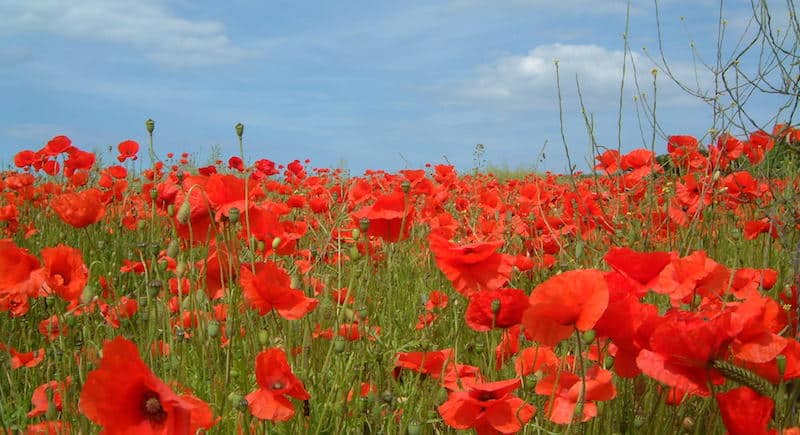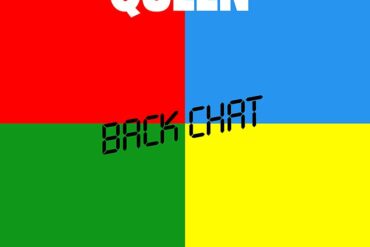Understanding the Symbolism of Poppies on ANZAC Day: A Guide for Parents
Hey there, wonderful parents! ? Get ready to embark on a meaningful journey through history, nature, and remembrance with your little ones. Today, we’re diving into the significance of one of the most enduring symbols associated with ANZAC Day – the poppy. Buckle up, as we uncover the layers of history and emotion together!
What’s the Buzz About Poppies?
Every year, as ANZAC Day approaches, you might notice a burst of bright red poppies on lapels, in ceremonies, and at memorials across the country. But why poppies, you ask? Well, dear parents, these aren’t just any ordinary flowers; they’re a powerful emblem of remembrance and respect for the brave men and women who served and sacrificed in the Australian and New Zealand Army Corps (ANZAC). Let’s find out how this beautiful tradition began and how to share it with our curious kiddos.
The Roots of Remembrance: How Poppies Came to Symbolize ANZAC Day
Our poppy story begins in Europe, amid the green fields of France and Belgium, which became battlefields during World War I. Following the fighting, something miraculous happened – red poppies began to bloom among the devastation, bringing bold color to the landscape scarred by war. These resilient flowers flourished even in the harshest conditions, symbolizing life, rebirth, and hope.
The poppy’s association with wartime remembrance was popularized by the poignant poem “In Flanders Fields” written by Canadian physician Lieutenant Colonel John McCrae. Its first lines, “In Flanders fields the poppies blow, Between the crosses, row on row,” capture the scene of poppies growing among soldiers’ graves. The poem struck a chord worldwide, and the poppy quickly grew to represent the blood shed by troops and the promise of resurrection after destruction.
Wearing a Poppy: More Than a Floral Tribute
When you pin a poppy to your chest, you’re not just donning a flower; you’re making a silent statement. It’s a small but powerful way to show your recognition and gratitude for the ANZACs’ courage. By involving our children in this act, we teach them about the sacrifices made for peace and instill a sense of history and honor within them.
Engaging Young Minds: Talking to Kids About ANZAC Day
Tackling the topics of war and remembrance with children can seem daunting – where do you begin? The key is simplicity and sensitivity. Start by explaining ANZAC Day as a time when we honor those who have helped to keep our country safe. Share stories of bravery, teamwork, and the spirit of mateship that the ANZACs embody. Then, introduce the poppy as a symbol that helps us remember these values and the people who fought to protect them.
Fun Activities to Connect with History
Children learn best when they’re having fun! Incorporate crafts, like making paper poppies, or baking ANZAC biscuits together – a tasty lesson in history and tradition. Attend local ANZAC Day marches or ceremonies as a family, where the movement of the crowds and the gravity of the occasion can leave a lasting impression on young and old alike.
Remember, dear parents, that understanding takes time – and every question your child asks is an opportunity to deepen their comprehension and appreciation. So listen, encourage, and explore the past together with open hearts and minds, and a bunch of poppies in your hands.
Now that we’ve scratched the surface of the poppy’s relevance on ANZAC Day, stay tuned as we dive even deeper into how this symbol has evolved and its significance today. ?

Five Things Parents Should Know in Preparing for Poppies on ANZAC Day
-
Understanding the History and Significance:
Before ANZAC Day arrives, take the time to educate both yourself and your children about the history of the day. Discuss why it’s commemorated and the meaning behind the poppies, providing a solid foundation for your young ones to appreciate the observance fully. -
Procuring Poppies:
Poppies can often be found at local veterans associations, certain shops, or community events in the days leading to ANZAC Day. Plan ahead to ensure that you and your family have these symbols of remembrance to wear. Some organizations also offer them by donation, which goes to supporting veterans and their families. -
Creating Your Own Remembrance Poppy:
Engage children in an arts and crafts activity to make their own poppy pins or decorations. This not only sparks creativity but also allows for a hands-on experience in commemorating the day. Use this time to talk about the spirit of ANZAC Day and what the poppy represents. -
Participating in Commemorative Events:
Many communities hold dawn services, marches, or other commemorative events on ANZAC Day. Attending these with your children can be a profound experience and illustrate the community’s collective respect and gratitude for the sacrifices made by military personnel. -
Continuing the Conversation:
Use ANZAC Day as a starting point for ongoing discussions about peace, freedom, and the importance of remembering history. The conversations around the symbolism of the poppy can evolve as your children grow, fostering a deeper understanding over time.
Tips for Discussing ANZAC Day With Your Children
Remember the POWER of the Poppy:
- P – Peace: Emphasize the desire for peace that ANZAC Day represents.
- O – Opportunity for questions: Encourage your kids to ask questions to foster their understanding.
- W – Willingness to learn: Demonstrate eagerness to find out more about ANZAC Day with them.
- E – Empathy: Encourage empathy by sharing personal stories from the lives of ANZACs or local veterans.
- R – Remembrance: Highlight the importance of keeping the memories of sacrifices alive through the symbol of the poppy.
The Poppy Through the Ages: Its Evolving Role
Poppies have stood the test of time, maintaining their significance from the battlefields of World War I to the present day. The red poppy continues to symbolize not only the flowering of resilience amidst devastation but also the continuity of remembrance through generations. As times change, the way we observe and respect traditions like wearing poppies on ANZAC Day does too. This enduring symbol now reaches new audiences through social media, education, and public displays, ensuring that the spirit of ANZAC Day—and the memory of those who have served and sacrificed—burns brightly into the future.
For more great fun click here. For more information see here
Disclaimer
The articles available via our website provide general information only and we strongly urge readers to exercise caution and conduct their own thorough research and fact-checking. The information presented should not be taken as absolute truth, and, to the maximum extent permitted by law, we will not be held liable for any inaccuracies or errors in the content. It is essential for individuals to independently verify and validate the information before making any decisions or taking any actions based on the articles.




